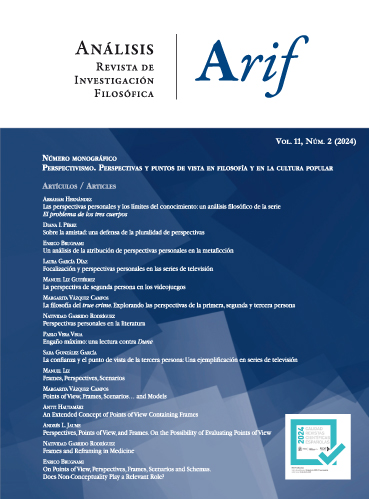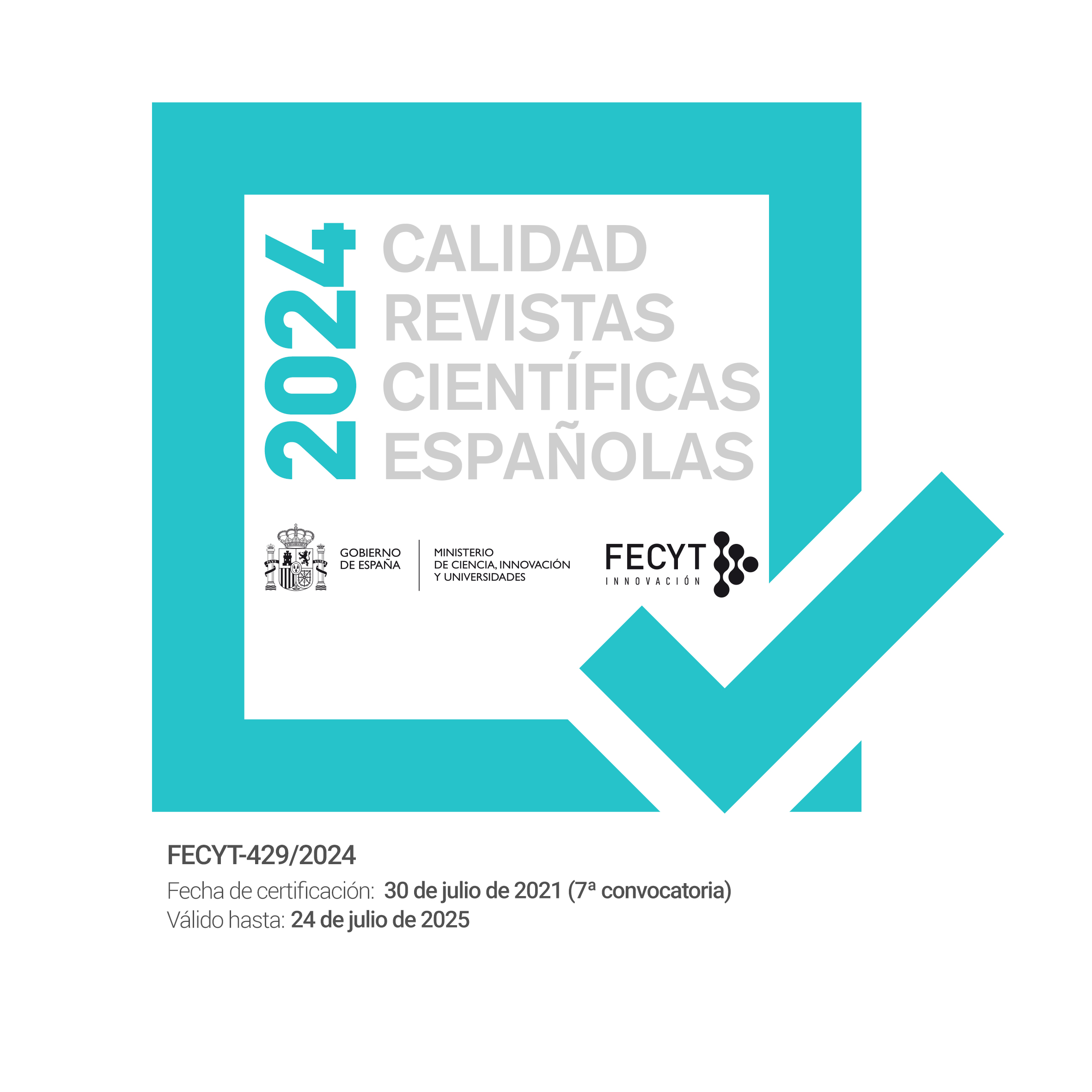THE SECOND-PERSON PERSPECTIVE IN VIDEO GAMES
DOI:
https://doi.org/10.26754/ojs_arif/arif.2024211330Abstract
We examine the notion of personal perspectives—first-person, second-person, and third-person—and apply this analysis to the personal perspectives found in certain phenomena of popular culture, particularly within the field of video games. A distinction is drawn between the surface structure and the deep structure of personal perspectives, as well as another distinction according to their differing performative force, in a very generic sense but sufficient for our purposes. Second-person perspectives will have significant relevance. Even immersed in the virtual reality of a certain kind of universal video game, the genuine adoption of second-person perspectives guarantees the existence of an external world with at least some personal entities possessing conscious minds. This insight refines certain ideas recently advanced by David Chalmers. Indeed, we can assume his thesis that virtual reality is genuine reality. However, the capacity to adopt second-person perspectives is incompatible with both the idea that everything could be a simulation and the idea that we cannot know that it is not.Display downloads
Downloads
Published
Issue
Section
License
Copyright (c) 2024 Manuel Liz Gutiérrez

This work is licensed under a Creative Commons Attribution-NonCommercial-NoDerivatives 4.0 International License.
Los autores que publican en esta revista están de acuerdo con los siguientes términos: los autores conservan los derechos de autor y garantizan a la revista el derecho de ser la primera publicación del trabajo al igual que licenciado bajo una Creative Commons Reconocimiento-No Comercial-Sin Obra Derivada 4.0 (CC BY-NC-ND) que permite a otros compartir el trabajo con un reconocimiento de la autoría del trabajo y la publicación inicial en esta revista. Los autores pueden establecer por separado acuerdos adicionales para la distribución no exclusiva de la versión de la obra publicada en la revista (por ejemplo, situarlo en un repositorio institucional o publicarlo en un libro), con un reconocimiento de su publicación inicial en esta revista.






